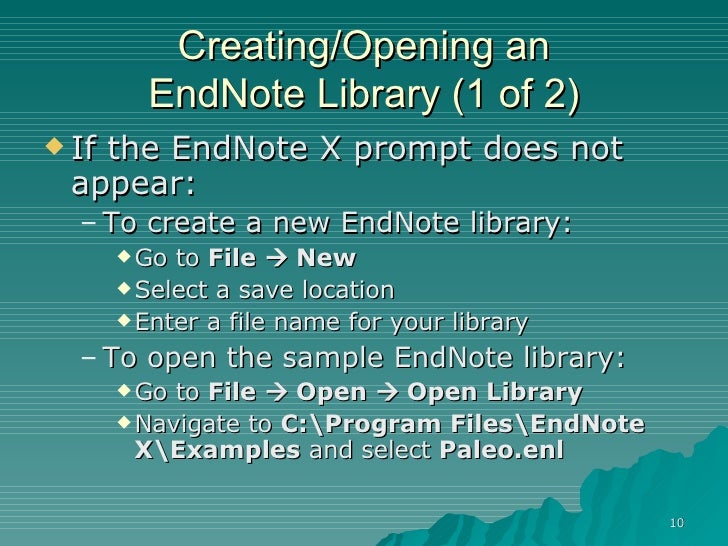
Step 2: Handle Duplicatesįaculty Success uses advanced duplicate detection logic to check the records from the file to see if any might already be in the system. A link to this information is also available in the instructional text on the screen. From here, upload a BibTeX file from your computer and then select Continue.įor details about how to create a BibTeX file from common software applications, see How to Export Publications to a BibTeX File below. Here you will find a button labeled Import. To begin, select the Publications screen. How to use this Feature Step 1: Upload a File More information on formatting may be reviewed directly from the BibTeX website. You can open a BibTeX file with any common text editor, including Microsoft Word, TextEdit or Notepad. In this case, you are exporting from another software application and importing into Faculty Success. You export citations from one software application into a BibTeX file and then import that file into another software application. This makes it easy to move citations between two software applications. What is BibTeX?īibTeX is the most broadly supported standardized way to structure publication citations in a file. Below you will find details on how to export publication information from a few common software systems into a BibTeX file. This feature enables you to upload that BibTeX file so that you do not need to re-key those citations. Those software systems enable you to pick records and then export them into a BibTeX file.

There is a good chance that citations of your publications are already stored in another software system such as a reference manager or database-for example, EndNote, Google Scholar, Mendeley, RefWorks, Scopus, Web of Science or Zotero.


 0 kommentar(er)
0 kommentar(er)
